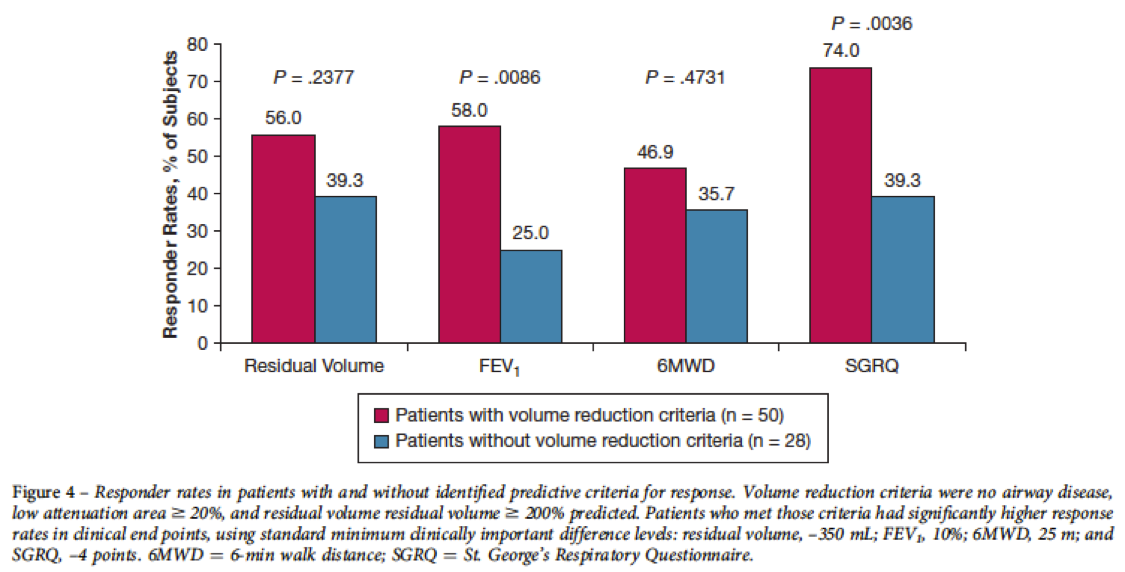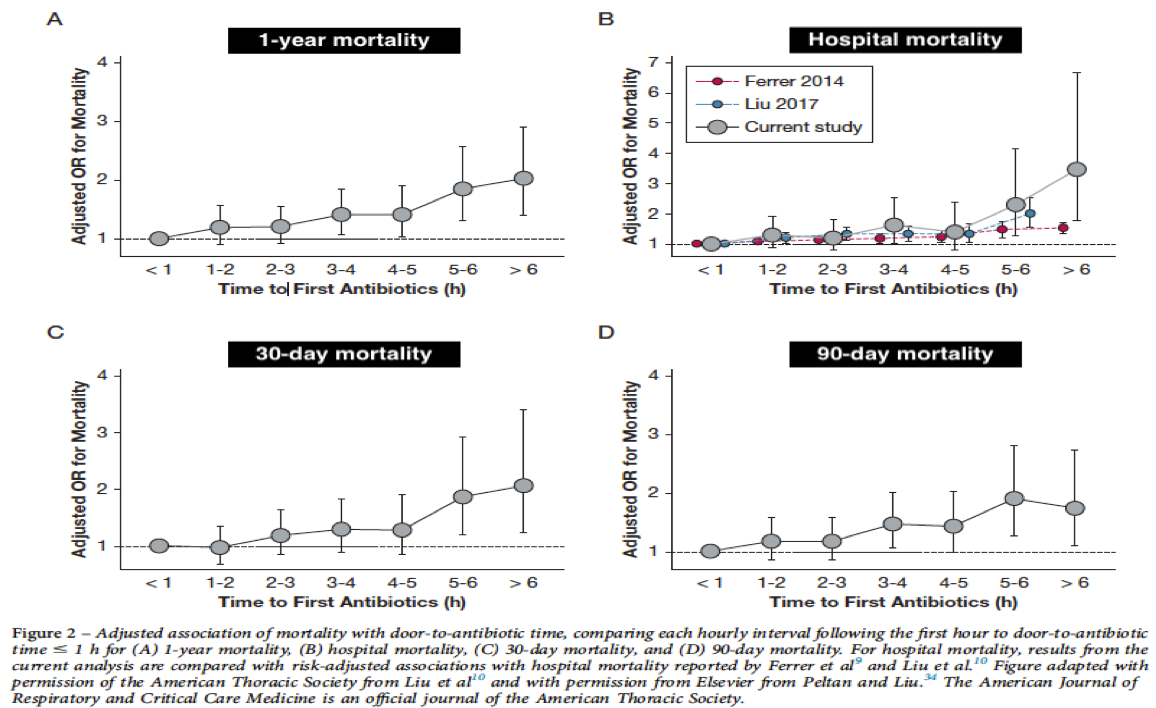Hot in Journal CHEST® May 2019
By: Viren Kaul, MD (@virenkaul)
May 6, 2019
 Each month, we ask our Social Media Co-Editors of CHEST to weigh in on the hot topics in CHEST. It's May, so let's hear from one of our co-editors, Dr. Kaul, as he outlines his highlights. After reviewing the issue, be sure to share your hot list on our Facebook wall, tweet with the hashtag #journalCHEST, or discuss in the CHEST LinkedIn group.
Each month, we ask our Social Media Co-Editors of CHEST to weigh in on the hot topics in CHEST. It's May, so let's hear from one of our co-editors, Dr. Kaul, as he outlines his highlights. After reviewing the issue, be sure to share your hot list on our Facebook wall, tweet with the hashtag #journalCHEST, or discuss in the CHEST LinkedIn group.
This month’s issue of CHEST® includes research from nearly all subspecialties of pulmonary, critical care and sleep medicine. That makes it difficult to pick favorites. I would like to share with you three publications that stood out to me: first is from a field of personal interest (interventional modalities), second on a topic that’s hotly debated (door-to-antibiotic time in sepsis), and finally an article that supports making high-speed video microscopy analysis (HSVA) more widely available for the diagnosis of primary ciliary dyskinesia.
Let’s dive in then!
Predictors of Response to Endobronchial Coil Therapy in Patients With Advanced Emphysema
Patients with advanced COPD have limited treatment options. Endobronchial coils have been studied as a minimally invasive modality to address this patient population. This is a post-hoc analysis of the 2016 RENEW trial that reported improvements in quality of life, pulmonary function, and exercise performance following endobronchial coil treatment.
In the current study, Slebos and colleagues sought to identify baseline predictors of benefit from coil treatment. Specifically, they included quantitative CT scan features, something not done in the original RENEW study, which identified subgroups with superior outcomes as patients with more hyperinflation (RV >225% predicted) and patients with visually heterogeneous emphysema distribution.
Greater volume reduction of the treated lobe as well as improvement in mean FEV1 and St. George’s Respiratory Questionnaire (SGRQ) were noted when the procedure was performed in patients with:
- Baseline RV >200% predicted
- Emphysema score >20% low attenuation area
- Absence of airway disease on visual CT imaging
This analysis will allow interventionalists to select patients with severe COPD who are more likely to benefit from coil treatment and provide referring physicians insight into the decision-making process involved prior to the procedure.

ED Door-to-Antibiotic Time and Long-term Mortality in Sepsis
This retrospective cohort study included 10,811 adults with sepsis from four hospitals. Each additional hour from ED arrival to antibiotic administration was associated with a 1.1% (95% CI, 0.7-1.6) increase in expected mortality at 1 year. This association was also noted for hospital, 30-day, and 90-day mortality. Mortality at 1 year was higher when door-to-antibiotic times were >3 hours vs <3 hours (adjusted OR, 1.27; 95% CI, 1.13-1.43) but not >1 hour vs <1 hour (adjusted OR, 1.26; 95% CI, 0.98-1.62).
Compared with previous studies in this area, this is a large study (by a factor of 10) and the authors examined the effect of antibiotic timing on mortality beyond the previously studied 1-month mark, especially the long-term mortality. The linear association between antibiotic delay and 1-year mortality indicates that rather than considering a window of antibiotic administration, we should administer appropriate antibiotics at the earliest. Put another way, there doesn’t appear to be a “window period” of antibiotic administration during which outcomes remain unimpacted.

Accuracy of High-Speed Video Analysis to Diagnose Primary Ciliary Dyskinesia
Primary ciliary dyskinesia (PCD) is a rare disease that lacks a “gold standard” test. Diagnosis is arrived by a multidisciplinary team assessing the clinical presentation and a variety of tests. Electron microscopy and genetic analysis are part of the diagnostic algorithm but can take weeks to result. High-speed video microscopy analysis (HSVA) is the only widely available test (in Europe and Australia) where the results can be available the day of testing. Previous studies have established the test as sensitive and specific; however, there were concerns for bias due to study designs.
In this study by Rubbo and colleagues, three experienced scientists independently reviewed archived videos for 120 patients using a standardized proforma. They were blinded to diagnostic and clinical data. The summary results were as follows:

Of note, this study is the first to demonstrate high interobserver agreement for diagnosis of PCD using HSVA. A major limitation is that the disproportionate sampling led to higher number of positive cases and this likely does impact the assessment of the interobserver agreement. Secondly, the assessors were highly experienced and similar results may not be reproduced in case of limited experience. The data do bolster current literature on high and accurate diagnostic yield of HSVA for diagnosis of PCD. With the rapid return of testing, HSVA should be a test considered for wider availability in the United States.